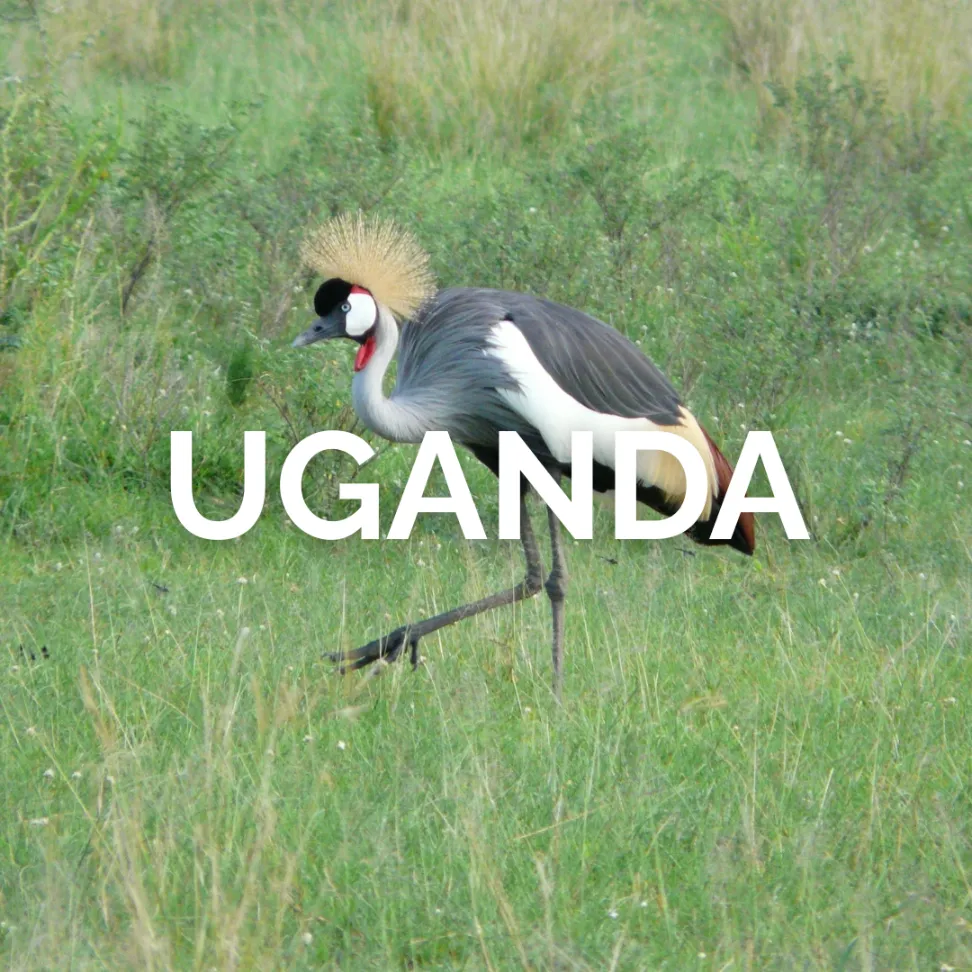- Proffessional Tour Guides
- Value for Money
- Premium Unforgetable Experience
- Customer Services
Our Tanzania Safari Packages
Tanzania isn’t just a destination, it’s a life-changing experience.
With stunning landscapes, diverse wildlife and a culture as rich as its history.
Tanzania welcomes you with open arms, whether you are looking for adventure, relaxation or cultural immersion.
This is where your journey begins.
QUICK NOTES:
The United Republic of Tanzania is a country of 69 million people located in East Africa. Tanzania is culturally and geographically diverse, spanning over 1,000 km across, bordering eight other countries, and host to the most populous city in East Africa: the port city of Dar es Salaam. Founded through the union of Tanganyika and the Zanzibar Archipelago, Tanzania has been governed continuously since independence by the Chama Cha Mapinduzi (CCM) party and its predecessors. President Samia Suluhu Hassan, one of only two sitting female presidents in Africa, currently leads the nation.
THINGS YOU CAN DO:
- Customized safaris for families, solo travelers, companies and groups.
- Honeymoon stays
- Educational school trips
- Agro tours
- Golf tours
- Cultural safaris
- Corporate travel
- Mountain climbing
- Deep sea diving
- Deep sea fishing
- Scenic helicopter rides
- Hot air balloon rides
Popular Tanzania Destination

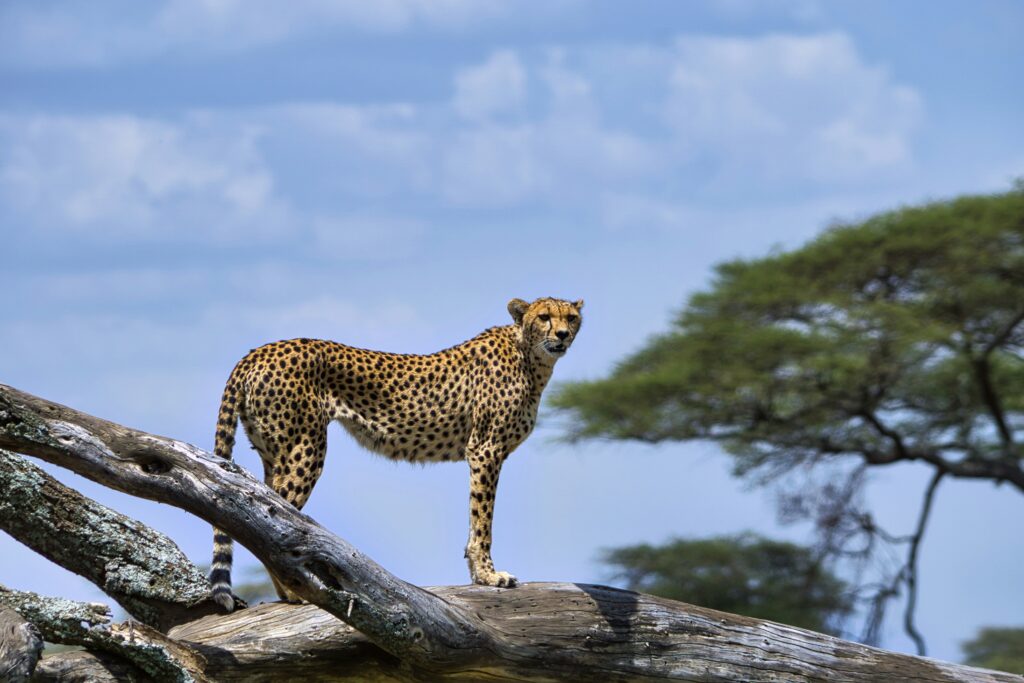
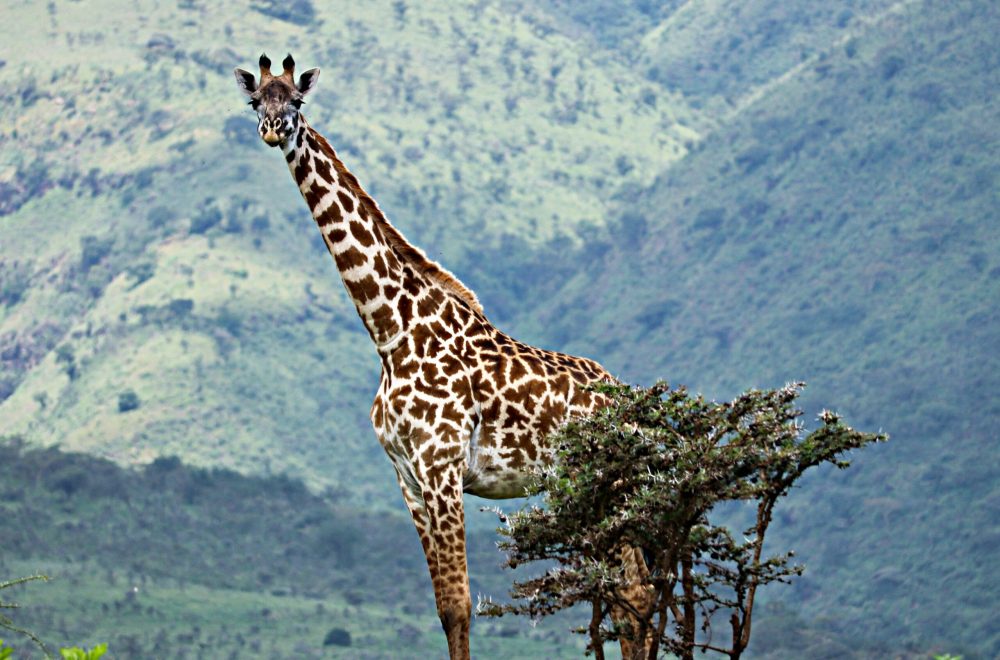
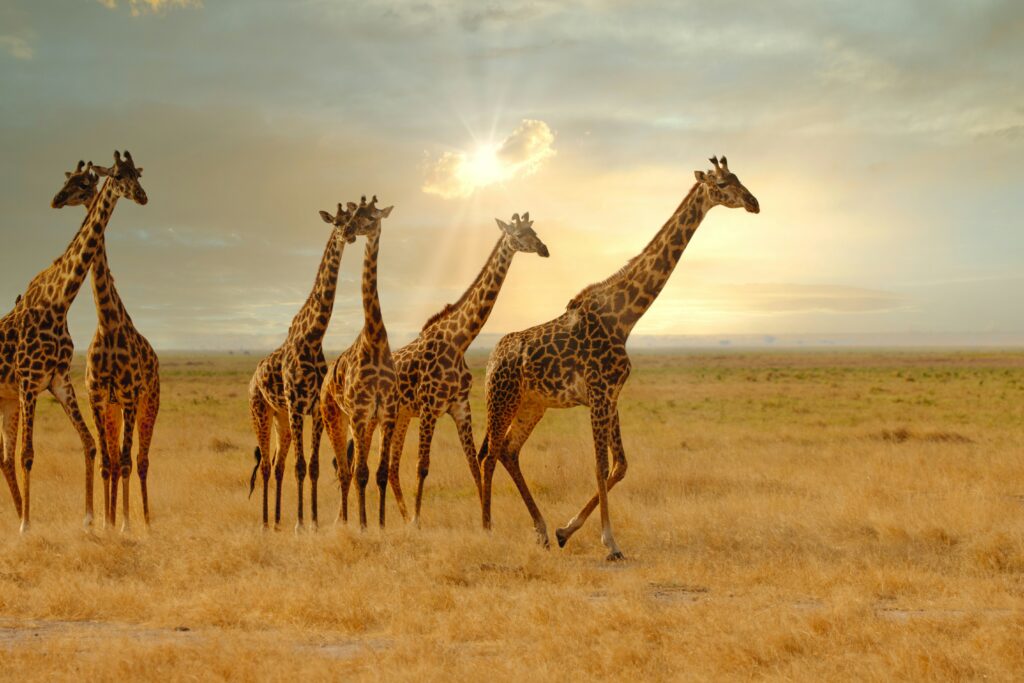
Overview
Serengeti National Park, located in northern Tanzania, is one of the most renowned wildlife reserves in the world. Covering about 14,750 square kilometers, it forms the centerpiece of the larger Serengeti–Mara ecosystem, which extends into Kenya’s Maasai Mara. The park’s vast open plains, acacia woodlands, and seasonal rivers support an extraordinary concentration of wildlife. Its landscapes are among the most recognizable in Africa, symbolizing the essence of the classic safari experience.
Why It’s Famous
The Serengeti is best known for the Great Wildebeest Migration, one of the largest and most dramatic animal movements on Earth. Each year, over a million wildebeest, accompanied by zebras and gazelles, traverse the plains in a circular journey that follows the seasonal rains. The park is also famous for its high density of predators, including lions, cheetahs, and leopards, which thrive amid the migration herds. Beyond the wildlife, the Serengeti’s vastness, uninterrupted horizons, and ecological significance make it a UNESCO World Heritage Site and one of the Seven Natural Wonders of Africa.
Additional Information
Best Time to Visit
• June to October is the dry season, offering the best general game viewing and the spectacle of river crossings in the northern Serengeti.
• December to March provides calving season in the southern plains, with excellent predator action and photographic opportunities.
• April and May bring the long rains, creating lush green landscapes and fewer visitors for those seeking a quieter experience.
Highlights
• The Great Wildebeest Migration, featuring dramatic river crossings at the Mara and Grumeti rivers, and large-scale predator interactions.
• Exceptional populations of lions, leopards, cheetahs, and hyenas that make the Serengeti one of Africa’s best predator-viewing destinations.
• The southern Serengeti’s Ndutu area, known for the wildebeest calving season between December and March.
• The Seronera Valley, a central region famous for resident leopards and year-round wildlife sightings.
• Over 500 bird species, including ostriches, secretary birds, and kori bustards, found across the park’s varied habitats.
• Scenic landscapes marked by granite kopjes, open plains, and riverine woodlands that define classic African safari imagery.
Travel Tips
• The park is vast; plan travel routes in advance and consider dividing your stay between the north, central, and south to match seasonal wildlife movements.
• Early morning and late afternoon game drives offer optimal light and higher chances of predator activity.
• Carry sun protection, a hat, insect repellent, and a good camera with zoom capability for long-distance photography.
• Book accommodation well in advance during migration months, as lodges and camps fill quickly.
• For a comprehensive experience, combine a Serengeti safari with visits to Ngorongoro Crater and Lake Manyara National Park.

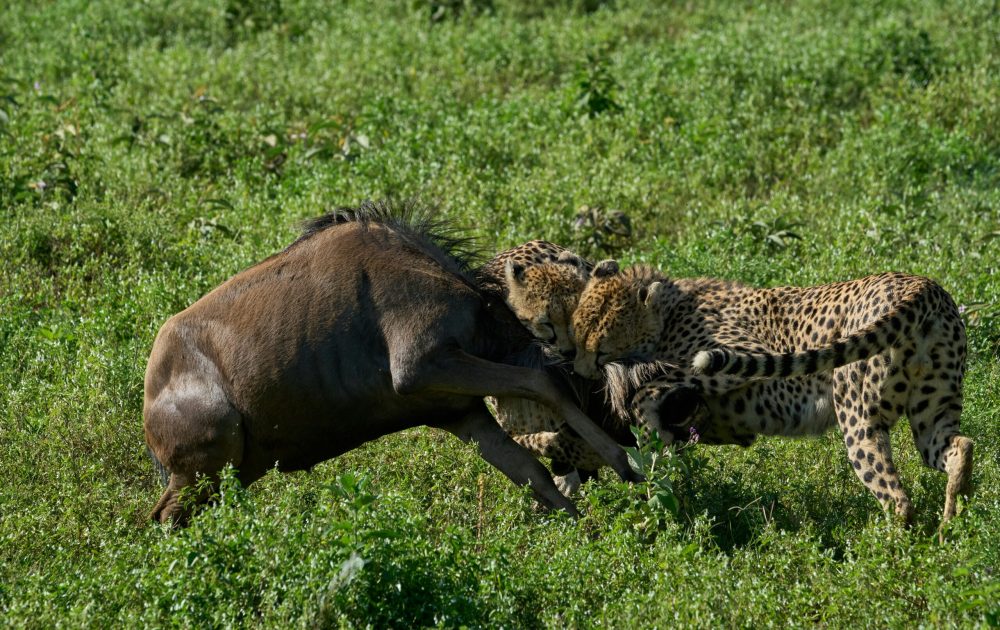
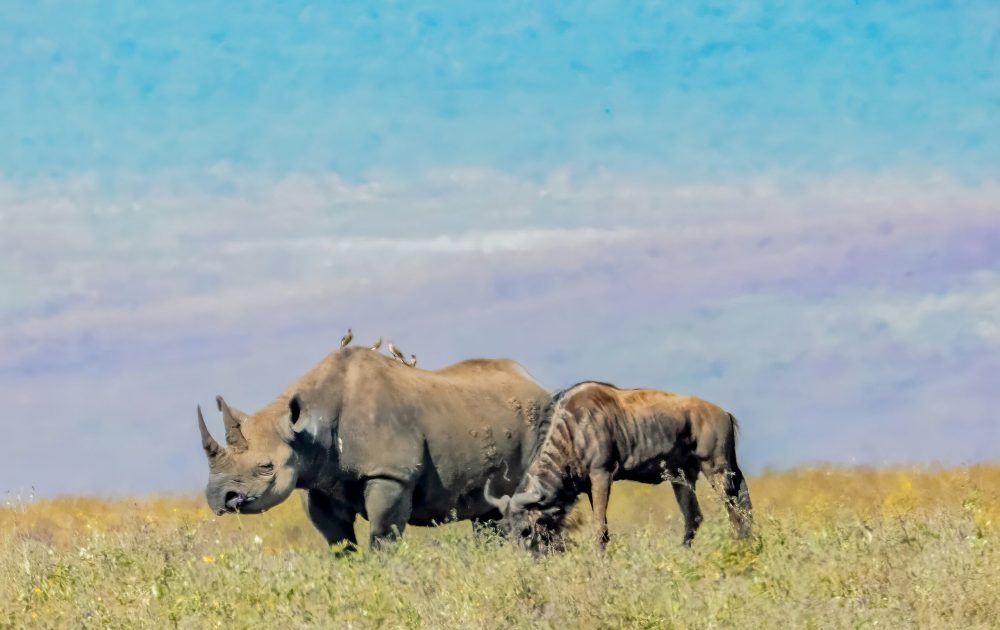
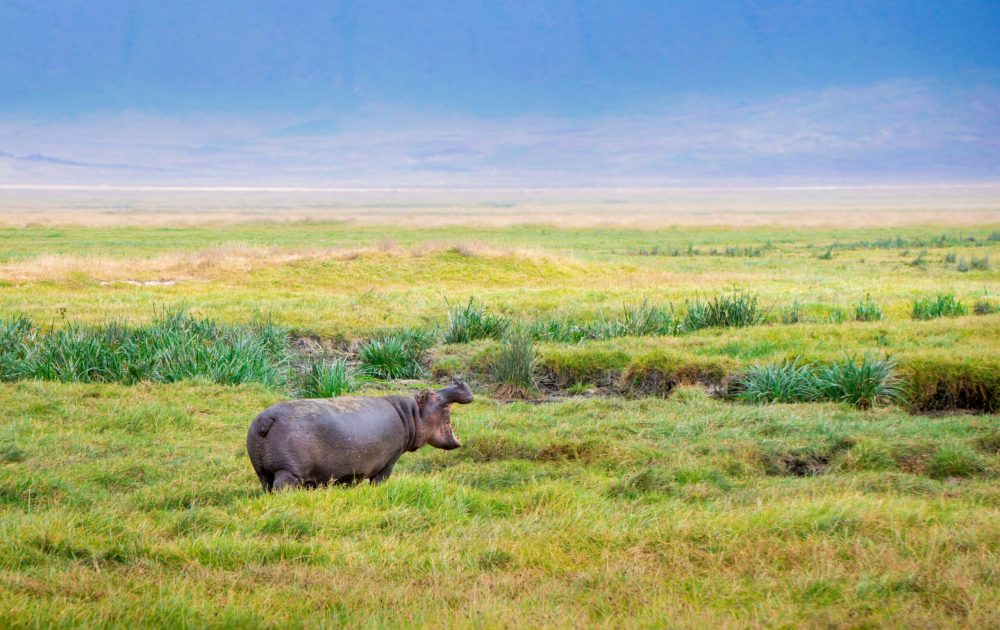
Overview
The Ngorongoro Crater Conservation Area is located in northern Tanzania and forms part of the broader Serengeti ecosystem. Covering about 8,300 square kilometers, it includes the famous Ngorongoro Crater, the world’s largest intact volcanic caldera. The area combines exceptional wildlife conservation with the protection of local Maasai communities who coexist within its boundaries. Its blend of geological wonder, wildlife density, and cultural heritage makes it one of Africa’s most distinctive destinations.
Why Visit
Ngorongoro is a unique place where wildlife and human life coexist in a breathtaking natural setting. The crater floor, measuring about 260 square kilometers, sustains an extraordinary concentration of animals throughout the year, including elephants, lions, buffalo, zebras, and black rhinos. Visitors can experience diverse ecosystems within a relatively small area, from open grasslands and forests to soda lakes teeming with flamingos. Beyond the crater, the conservation area protects archaeological sites such as Olduvai Gorge, offering insight into early human history.
Additional Information
Best Time to Visit
• June to October provides dry conditions, easy wildlife viewing, and clear crater views.
• December to March offers green landscapes and calving season for many animals, with fewer vehicles compared to peak season.
• April to May brings the long rains, producing lush scenery and good photography opportunities but occasional access limitations.
Highlights
• The Ngorongoro Crater, home to one of the highest densities of wildlife in Africa, often described as a natural wildlife sanctuary.
• Consistent sightings of the Big Five, including a small but stable population of endangered black rhinos.
• Olduvai Gorge, one of the most significant paleoanthropological sites in the world, where early human fossils were discovered.
• Spectacular scenery combining crater walls, open plains, and dense forests that provide varied photographic settings.
• Cultural interactions with Maasai communities who graze livestock within the conservation area under sustainable guidelines.
• Excellent birdlife, with over 500 species recorded, including flamingos and crowned cranes around Lake Magadi.
Travel Tips
• Early morning descents into the crater offer the best light and most active wildlife viewing.
• Access is regulated; visitors must be accompanied by a licensed guide, and entry numbers are limited each day.
• Warm clothing is advisable, as temperatures can be cool at the crater rim, especially in the mornings.
• Combine a visit with nearby Serengeti National Park or Lake Manyara for a complete northern Tanzania safari circuit.
• Book accommodation and permits well in advance, particularly during the dry season when visitor demand is highest.

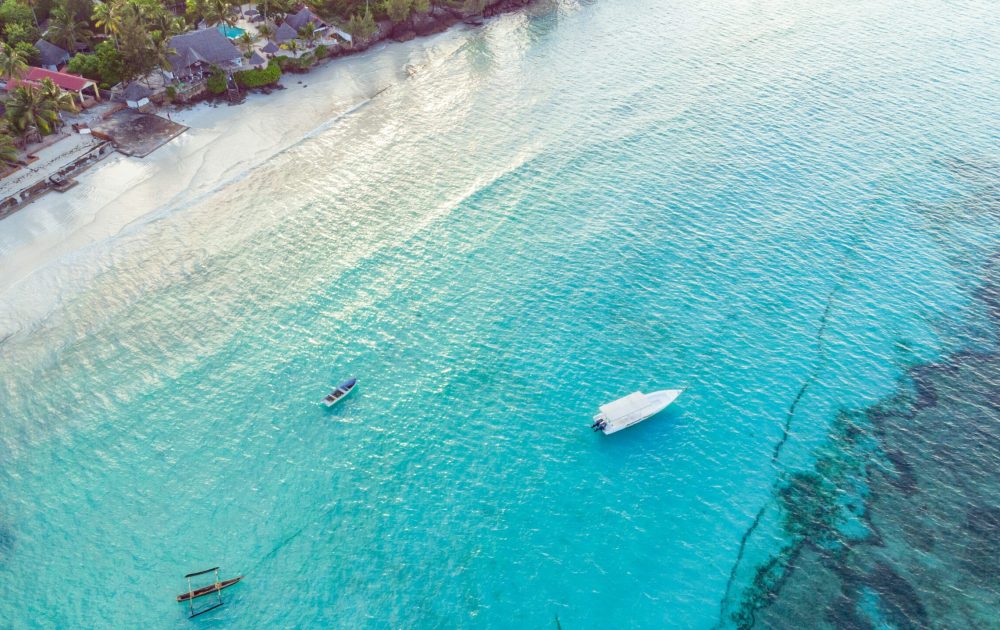
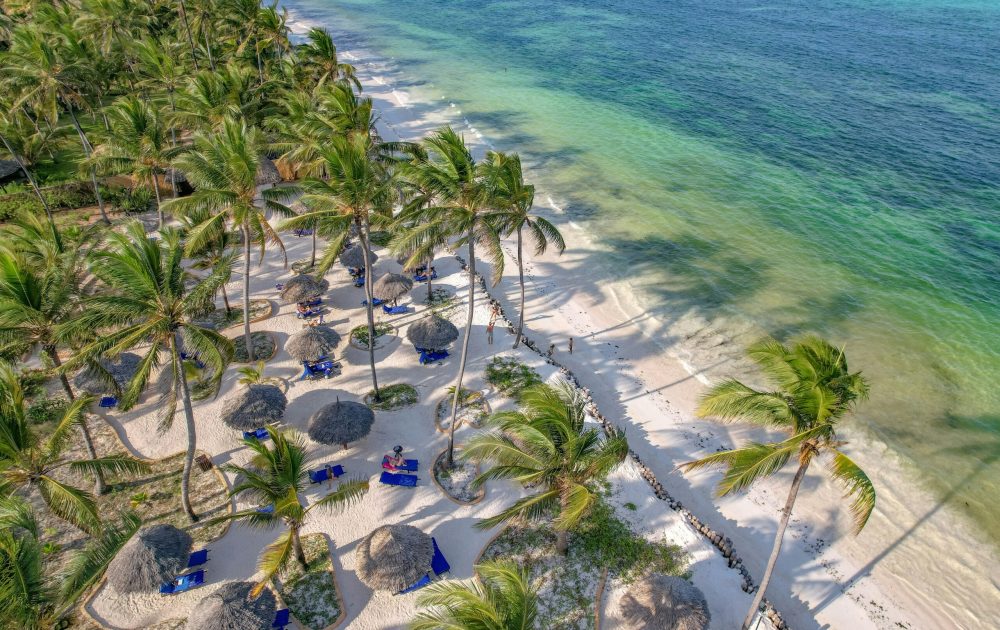
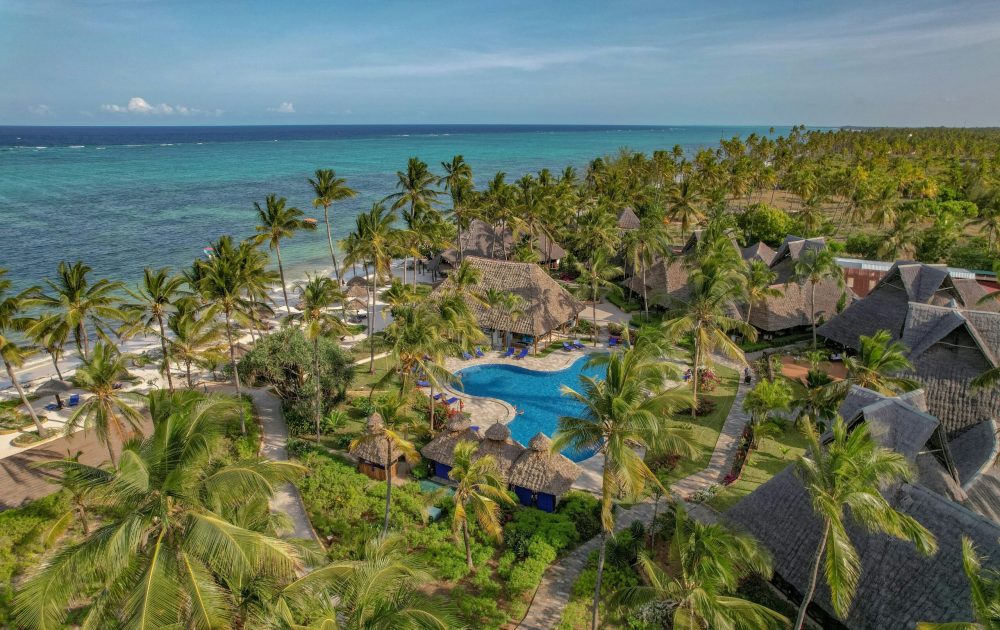
Overview
Zanzibar and Pemba Islands lie off the coast of Tanzania in the Indian Ocean and form part of the Zanzibar Archipelago. Zanzibar, also known as Unguja, is the larger and more developed island, while Pemba remains less visited and more pristine. Both islands are renowned for their white sandy beaches, turquoise waters, coral reefs, and a deep blend of Swahili, Arab, and European influences. The islands offer a combination of historical exploration, marine adventure, and relaxed coastal living.
Why Visit
Zanzibar and Pemba offer travelers a balance between cultural heritage and natural beauty. Zanzibar’s Stone Town, a UNESCO World Heritage Site, showcases centuries of trade and cultural fusion through its narrow alleys, carved wooden doors, and historic mosques. The island’s beaches, including Nungwi and Kendwa in the north, are ideal for swimming and sunset views, while the east coast offers tranquil resorts and kite-surfing spots. Pemba, often called “The Green Island,” is famous for its lush landscapes, clove plantations, and exceptional diving opportunities in clear, unspoiled waters.
Additional Information
Best Time to Visit
• June to October offers dry weather, calm seas, and comfortable temperatures, ideal for beach holidays and diving.
• December to February brings warm, sunny conditions that suit water sports and island exploration.
• March to May is the long rainy season, when some resorts close but the islands remain lush and quiet for off-season travelers.
Highlights
• Stone Town’s historic architecture, spice markets, and cultural landmarks reflecting centuries of Swahili and Arab influence.
• Pristine beaches such as Nungwi, Kendwa, and Paje, known for swimming, snorkeling, and water sports.
• The Jozani Forest Reserve in Zanzibar, home to the rare red colobus monkey found only on the island.
• Pemba’s untouched coral reefs and excellent diving sites such as Misali Island, known for clear visibility and abundant marine life.
• Traditional spice farms where visitors can learn about clove, cinnamon, and cardamom cultivation.
• Dhow sailing excursions and sunset cruises along the Indian Ocean coastline.
• The islands’ blend of cuisines featuring seafood, tropical fruits, and aromatic spices that reflect Swahili coastal culture.
Travel Tips
• Light cotton clothing, sunscreen, and reef-safe lotion are essential for tropical weather.
• Dress modestly when visiting Stone Town or local villages, respecting the predominantly Muslim culture.
• Advance bookings are recommended during peak seasons, especially around holidays and festivals.
• Local ferries and short flights connect Zanzibar and Pemba; flights are faster and more reliable during rainy periods.
• Carry cash in small denominations, as some smaller establishments may not accept cards.
• Explore beyond beaches to experience the islands’ spice farms, cultural tours, and historical landmarks for a complete visit.
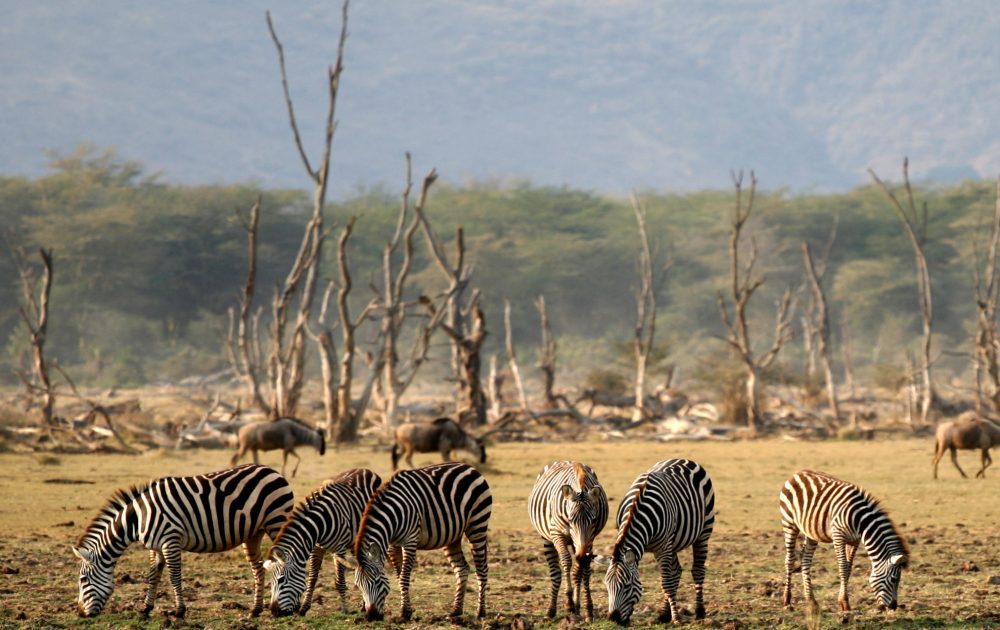
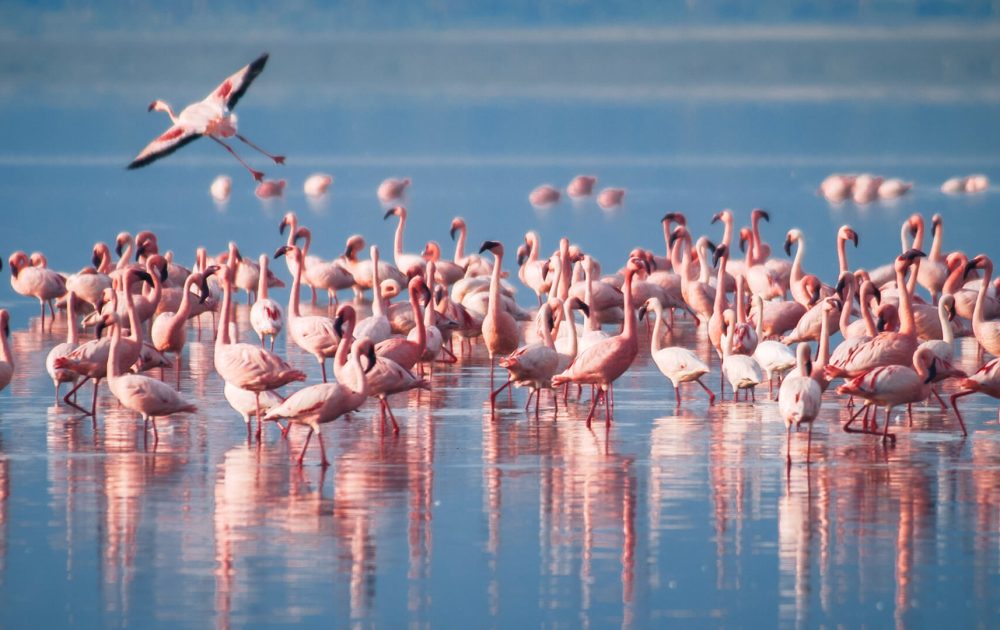
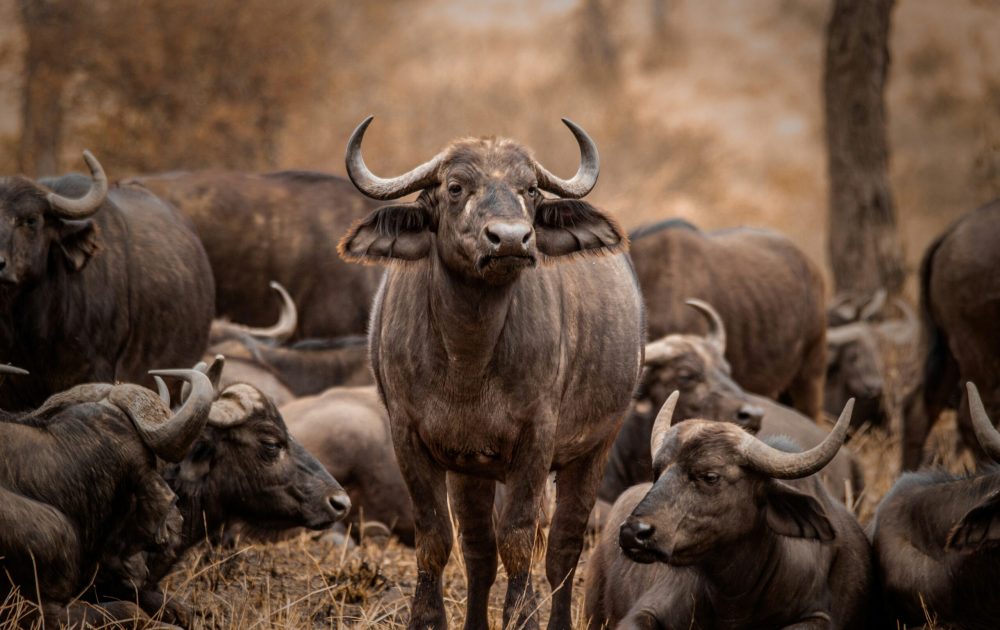
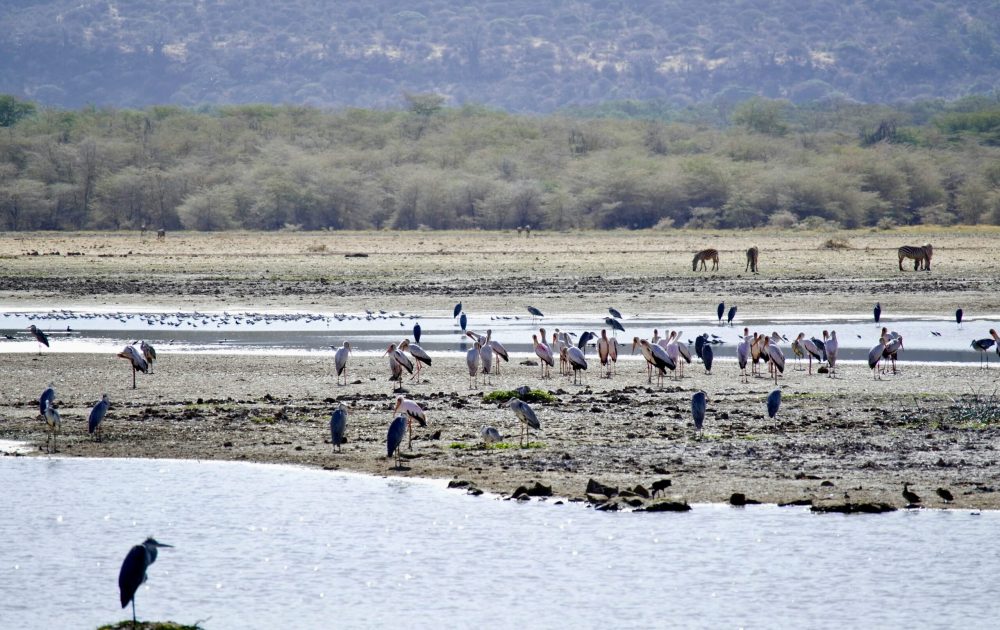
Overview
Lake Manyara National Park is located in northern Tanzania at the base of the Great Rift Valley escarpment. Covering around 330 square kilometers, the park is dominated by its shallow alkaline lake, which attracts diverse wildlife and bird species. Its compact size makes it an ideal stopover on the northern safari circuit between Tarangire and the Ngorongoro Crater. The park’s mix of groundwater forests, acacia woodlands, and open floodplains provides a scenic and varied environment for visitors.
Why Visit
Lake Manyara offers a unique combination of landscapes and wildlife within a relatively small area. It is famous for its tree-climbing lions, large herds of elephants, and vibrant birdlife that includes thousands of flamingos along the lakeshore. The park also provides opportunities to observe hippos in the Hippo Pool, troops of baboons in the forest, and scenic views of the Rift Valley escarpment. Its accessibility and variety make it an excellent introduction to Tanzania’s ecosystems.
Additional Information
Best Time to Visit
• June to October is the dry season and best for wildlife viewing as animals gather around water sources.
• November to May brings lush vegetation, full bird activity, and scenic views, particularly for photography and birdwatching.
• The lake’s water levels and flamingo presence vary with rainfall, making each season visually distinct.
Highlights
• Tree-climbing lions, one of the park’s most distinctive and sought-after wildlife sightings.
• Large elephant populations moving through the park’s groundwater forests.
• Lake Manyara’s flamingos, pelicans, and other waterbirds creating vivid scenes along the shoreline.
• Hippo Pool viewpoint, where visitors can safely watch hippos wallow from a short distance.
• Over 400 recorded bird species, making the park a key stop for bird enthusiasts.
• Scenic drives beneath the Rift Valley escarpment, offering panoramic views across the lake and surrounding terrain.
• Opportunities for walking safaris and canopy tours in designated areas for a closer look at forest ecosystems.
Travel Tips
• The park is easily accessible by road from Arusha and can be explored in a single day or combined with nearby destinations.
• Morning and late afternoon drives provide the best light and most active wildlife encounters.
• A good pair of binoculars enhances birdwatching, especially along the lakeshore.
• Carry insect repellent and sunscreen due to the warm, humid environment near the lake.
• Combine Lake Manyara with Tarangire and Ngorongoro for a well-rounded northern Tanzania safari experience.
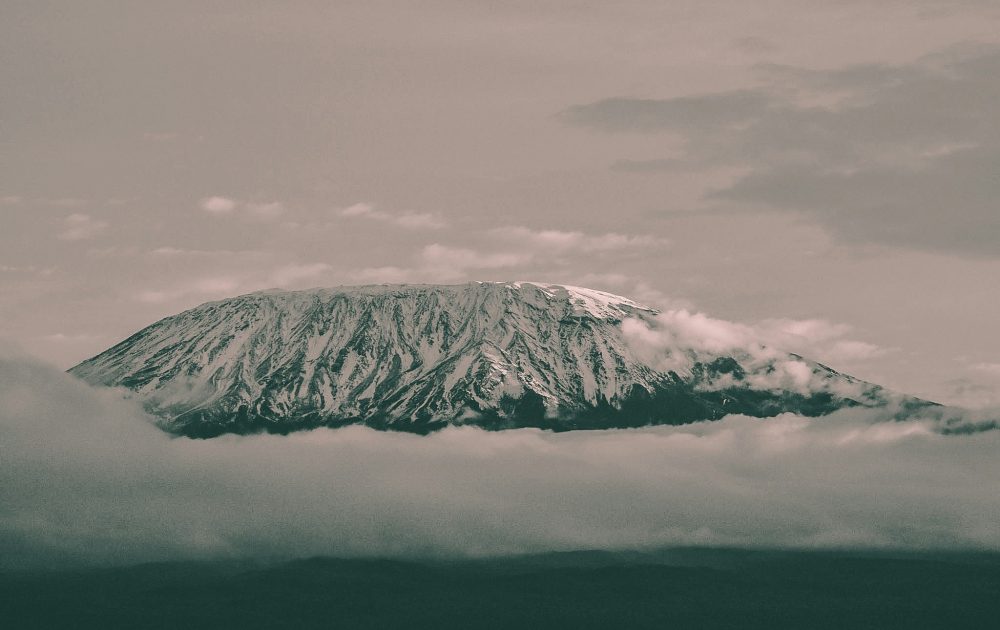
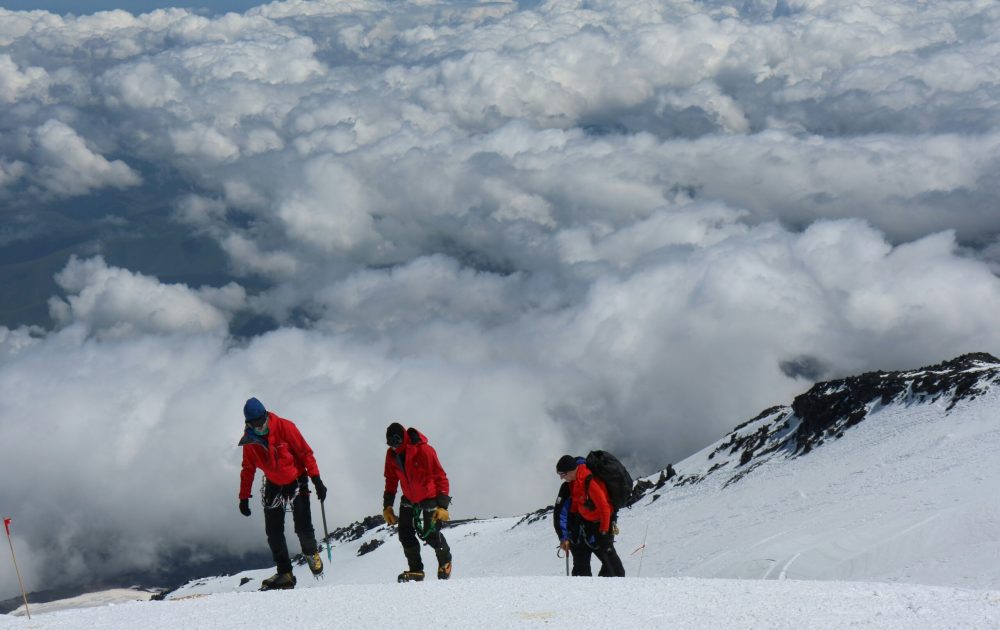


Overview
Mount Kilimanjaro, located in northeastern Tanzania near the Kenyan border, is Africa’s highest mountain and one of the world’s most iconic natural landmarks. Rising to 5,895 meters above sea level, it is a dormant stratovolcano composed of three volcanic cones: Kibo, Mawenzi, and Shira. The mountain is part of Kilimanjaro National Park, a UNESCO World Heritage Site, and is renowned for its snow-capped summit towering above tropical savannahs. Its varied ecological zones—from cultivated foothills and rainforests to alpine desert and glaciers—make it a destination of immense natural diversity and adventure.
Why Visit
Mount Kilimanjaro attracts trekkers, nature enthusiasts, and photographers from all over the world. It offers a once-in-a-lifetime opportunity to climb to the roof of Africa without technical mountaineering skills. Beyond the climb, the mountain’s lower slopes and surrounding areas feature rich flora and fauna, cultural encounters with the Chagga people, and scenic forest trails filled with monkeys and birds. The experience of watching the sunrise from Uhuru Peak, above the clouds, remains one of the most unforgettable moments in African travel.
Additional Information
Best Time to Visit
• January to March provides clear skies, fewer climbers, and mild conditions on the mountain.
• June to October offers the most stable weather and busiest climbing season, with excellent visibility.
• April to May and November bring rains, making trails slippery but offering fewer crowds and lush scenery.
Highlights
• The chance to summit Africa’s highest peak at Uhuru Peak, 5,895 meters above sea level.
• Diverse ecological zones, from tropical rainforest and moorland to alpine desert and arctic ice fields.
• Spectacular sunrise views from the summit, revealing vast landscapes stretching across Tanzania and Kenya.
• Unique wildlife on the lower slopes, including colobus monkeys, blue monkeys, and an array of bird species.
• Multiple scenic trekking routes such as Marangu, Machame, Lemosho, and Rongai, each offering different levels of challenge and scenery.
• The Chagga cultural experience, where visitors can explore coffee farms and local traditions around the mountain’s base.
• Kilimanjaro’s glaciers and snowfields, remnants of ancient ice that contrast dramatically with the tropical environment below.
Travel Tips
• Choose a reputable trekking operator with certified guides and proper acclimatization schedules for safety and success.
• Physical preparation and gradual altitude adjustment are essential to avoid altitude sickness.
• Carry layered clothing suitable for both tropical heat at the base and freezing temperatures near the summit.
• Hydrate frequently and move slowly during the climb to improve acclimatization.
• Travel insurance covering high-altitude trekking is recommended.
• Book well in advance during peak seasons and consider adding nearby attractions such as Arusha, Tarangire, or Amboseli to your itinerary.
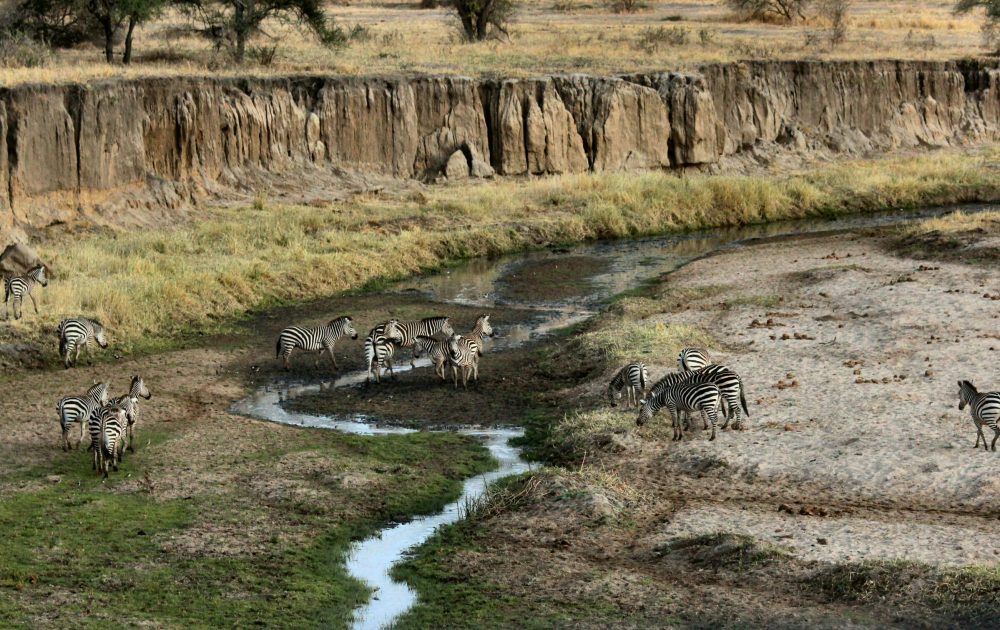
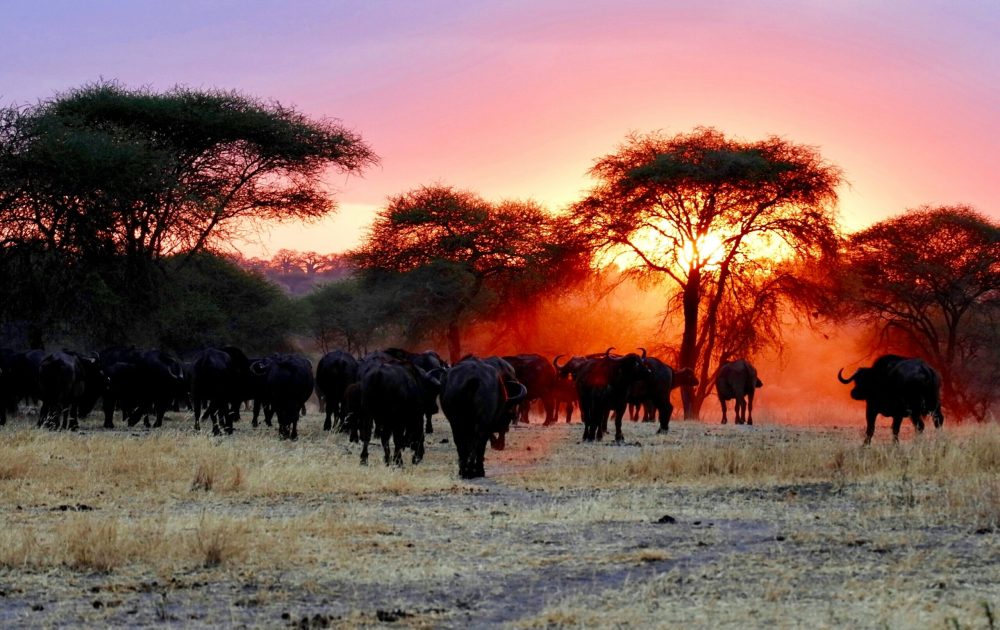

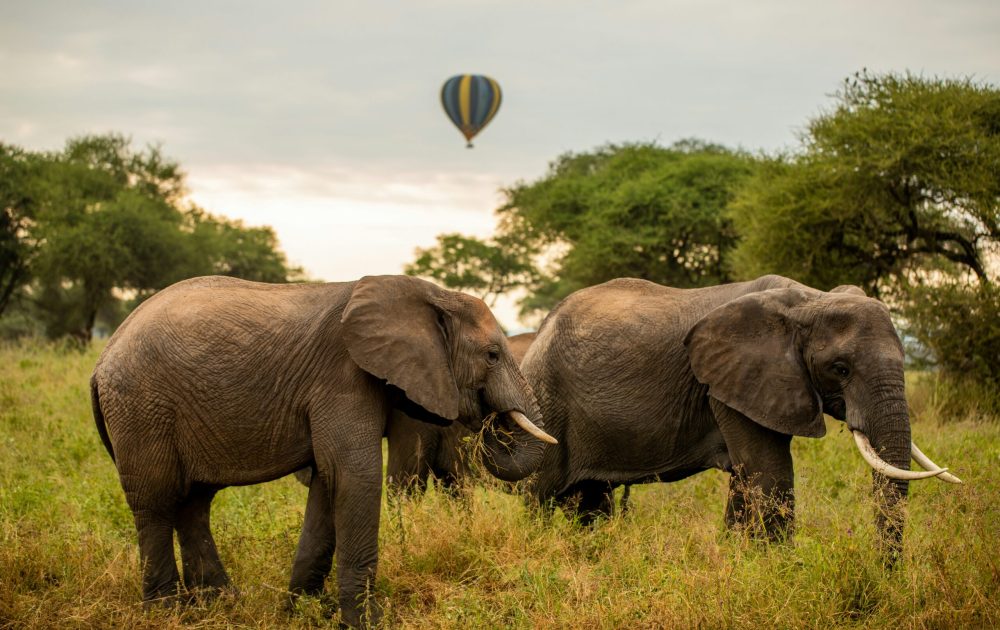
Overview
Tarangire National Park is located in northern Tanzania, about 120 kilometers southwest of Arusha. Covering roughly 2,850 square kilometers, it is characterized by rolling savannah, baobab-dotted landscapes, and the life-giving Tarangire River that runs through it. The park is known for its striking scenery and seasonal wildlife concentrations that rival even the Serengeti during the dry months.
Why Visit
Tarangire is one of Tanzania’s most underrated gems, offering exceptional game viewing with fewer crowds. The park is famous for its large elephant herds, sometimes numbering in the hundreds, and for its ancient baobab trees that dominate the skyline. During the dry season, wildlife gathers around the Tarangire River, creating excellent opportunities to see lions, leopards, giraffes, wildebeests, zebras, and more. The park also supports an impressive array of birdlife, making it one of the best birding destinations in East Africa.
Additional Information
Best Time to Visit
• June to October (dry season) is the best time for wildlife viewing as animals congregate near the Tarangire River.
• November to February offers lush green scenery, fewer visitors, and excellent birdwatching.
• March to May brings the long rains, when some areas may be difficult to access but the park remains beautiful and quiet.
Highlights
• Massive elephant herds, among the largest in Tanzania, often seen along the Tarangire River.
• Ancient baobab trees that provide a dramatic backdrop to the park’s landscapes.
• Seasonal migration of wildebeest, zebra, and other ungulates moving through the park in search of water.
• Excellent predator sightings, including lions, leopards, cheetahs, and hyenas.
• Rich birdlife with over 500 recorded species, including yellow-collared lovebirds, hornbills, and kori bustards.
• Scenic viewpoints and picnic sites offering wide vistas over the plains and river valleys.
• Fewer tourists compared to larger parks, providing a more tranquil and intimate safari experience.
Travel Tips
• A 4×4 vehicle is essential for navigating the park’s varied terrain, especially during the rainy season.
• Bring binoculars and a camera with a good zoom lens for birdwatching and wildlife photography.
• Plan early morning or late afternoon drives when animals are most active and lighting conditions are ideal.
• Combine Tarangire with Lake Manyara, Ngorongoro Crater, or the Serengeti for a complete northern Tanzania safari circuit.
• Carry water, sunscreen, and a hat, as the park can get very warm during the day.
• Consider staying at a lodge or camp inside the park for easy access to early game drives and sunset views over the baobab plains.






